10/1973, Tatler
Tatler
country: UK
date: 1973, October
content: 1 pages 1/2 article on Marilyn Monroe
pays: Grande-Bretagne
date: october 1973
contenu: article d'1,5 page sur Marilyn Monroe
In his controversial new book "Marilyn", author Norman Mailer portrays Marilyn Monroe's teen-age years as those of an "early hippie", whose mind was "muddy, drifting, fevered..." But a writer who actually knew Marilyn in those junior high school days, Dorothy Muir, has provided in the exclusive photo-story on these pages, the story of another Marilyn entirely. It is this Marilyn who is shown on a mountain excursion here with Mrs. Muir's son Bob, whom she often dated.
The Real Marilyn Monroe at 13...
A neighbor who knew her opens her family album to show the world these rare, previously unpublished snapshots and tells the truth about the Marilyn Norman Mailer never knew.
by DOROTHY MUIR
Copyright, 1973
There was no Marilyn Monroe in 1938. But that spring, and for a number of years after, Norma Jean Baker was a name I heard often.
She was a new girl at Emerson Junior High School where my son, Bob, was a student.
Norma Jean was carrying too many books and papers, there was a gust of wind, the papers sailed away and Bob retrieved them.
Of course they talked awhile - and everything considered, it is not at all surprising that in a very short time she was introduced into the group of kids he, the elder of the two, had grown up with.
They all spoke of her often, but it was June before I met Norma Jean. It was a beautiful day, a Saturday.
My husband's plans for the day included all of us, but Bob had plans of his own. He and two boy friends were going for a bike - and taking three girls. It had not been long since the boys had scorned girls in favor of a model rallroad set up in a room off our garage. Now, in junior high, girls had suddenly become important. Each had invited someone be considered "extra special."
The boys thought it too much trouble to carry a lunch, but finally agreed to one sandwich each. It wasn't nearly enough, but to a mother, there was no compensation: Hunger would certainly bring them home early.
Thus it was no surprise to hear their drugging footsteps on the drive long before four o'clock. They trooped into my kitchen, tired and hungry, and proceeded to make themselves comfortable on table top and stools as was their customs. That is, all but one did.
THE ONE WAS A stranger to me: A slender girl with delicate features and shoulder-length hair which was a shade dark to qualify as blond. She leaned hard against the wall for a few minutes and then, too tired to stand longer, eased herself down and sat cross-legged on the floor.
Suddenly Bob remerbered his manners and introduced us: "Mom - this is Norma Jean."
She simply said, "Hello," but there was a lovely smile of acknowledgement.
In a few years there would be a multitude who would adore that smile, but, at that moment, she was just a tired little girl.
I have read the book "Norma Jean" and about some of the things Norman Mailer has said about her. All they do is build up the sex angle and how unhappy she was. I don't know where Norman Mailer dug up his facts but what I know, I know from personal experience and my son agrees with me. Norma Jean was a normal teen-ager, full of fun and really enjoying life. My main reason for writing this article was to set the record straight. I don't know what went before or what went after, but she was a sweet kid, and there has been too much downgrading of her.
My impression was that she was shy, possibly thirteen years old, and just a trifle dared at being accepted as a peer by boys and girls who were all at least one year older.
While snacks and quantities of milk were consumed, I learned her last name was Baker and that she lived with an "aunt" and "uncle". Years later I learned the couple, Grace and Erwin (Doc) Goddard, were not actually her relatives.
Norma Jean become a regular in the group for several years and visited our home many times, but about all we ever learned was she was an orphan (father dead, mother hospitalised). Questions regarding her mother's health, she managed to evade. She would laugh and talk without apparent reservation, at the same time carefully avolding anything personal.
We sensed there was something in the past that was painful to think about but, for the time, it appeared she was happy living with Aunt Grace, of whom she was obviously very fond.
IN RECENT YEARS, many articles about Marilyn Monroe refer to her having lived with her Aunt Grace in the 'slum' area of what was then known as Sawtelle, now a part of the great West Los Angeles district. Since our home was there also, I always read these accounts with a certain amount of resentment, and I belive Norma Jean would share my feeling in this regard.
It is true the homes were modest, not manalons, but there were well cared for and mostly owner occupied. I recently drove through the area, and it has not changed very much in appearance. The house where Norma Jean lived with Aunt Grace still stands and its in good repair.
The fact of the matter is, Norma Jean spent her teen years in a very good neighborhood environment with an adult who was just as concerned for her welfare as any parent might be.
It is impossible not to smile when I recall some of the events following the Saturday of the bike. How often, in our living room, the girls tried to teach the boys to dance. "Begin the Beguine" was the popular tune of the day and their favorite. That record almost wore out as the boys tried valiantly to fellow the girls' nimble, not always accurate, dance routines. Those were wonderful fun times for Norma Jean, who appeared happy and carefree. She was a sweet kid we all grew to love very much.
Despite the fact that she was the youngest, she was by far the best dancer. Even with a thirteen-year-old's usual 'awkward' grace, it was clearly evident there was latent talent.
BUT THERE WAS something more important: "It's half snow and half rain, and the rain part is like ice."
She was right. My husband said, "Let's get out of here before we get stuck."
So we piled into the car. The two boys in the rumble seat, with Norma Jean between them, pulled a tarp over their heads to protect then from the ever increasing rainfall.
The road out of the valley was none too good. The car skidded around the many sharp curves. The road was littlered with debris, so we proceeded slowly. Suddenly a large rock, loosened by the snow and rain, came hurtling down the mountain side crashed directly onto the middle of the car's hood, and nearly hit the windshield.
Betty and I screamed, but the boys and Norma Jean were unaware of what had happened. While we sat numb with shock, we heard Norma Jean giggle, completely unaware of how close she had come to being killed. Just the slightest increase in the car's speed and the rock would have struck her instead of the hood. But was Norma Jean frightened when we told her ? Possibly so, but her reply was typical "teen-age".
"My head's too hard. That old rock would have bounced right off and wouldn't have left a dent."
I recall with pleasure another time in May of 1940. The desert wild flowers were especially beautiful that year, and Bob suggested we all go on a picnic and see them. Again he invited Norma Jean, Betty and Bill.
Quite by accident we came across a small deserted town - a doten or so buildings - weather-beaten and dilapidated. There was also the remains of and old jail, and of course the kids had to go inside and poke about in the rubble. When they came out, I took their picture while they stood in the doorway.
"I don't think we should have our picture taken, we're parobed prisoners and should be very careful," said Norma Jean. Her tone of voice was so solemn and her portrayal so perfect that we all burst into laughter.
After roaming about the desert for hours, sometimes in the car but mostly on foot, we finally spread a blanket on the sand and sat down to rest and eat.
WE TALKED AND LAUGHED a lot. I don't remember Norma Jean ever in a happier mood.
She was simply effervescent - the life of the party.
In late afternoon we picked bouquets of wild flowers to take home. She held hers as carefully as she might have held an infant and, with the adult sincerely she often displayed, said, "No two flowers alike - I never saw anything so lovely."
Shortly after the trip to the desert, Norma Jean stopped coming to our home. Bob said she was dating 'some old guy'. Later I learned this was Jim Dougherty, who was indeed four years her senior. That was the last I heard of Norma Jean until September of 1942, when I learned that she had been married to Dougherty, in June.
That fall, Bob chanced to meet her on Santa Monica Boulevard. Nothing could do but tell him to go home with her; she said Aunt Grace would be disappointed if he didn't.
It turned out that she and Jim happened to be visiting Aunt Grace that day. It was the only time Bob ever met Jim Dougherty, but he liked him and said Norma Jean and Jim seemed happy together.
In 1946, after his discharge from the Army, Bob again met Norma Jean, now 20. This time, it was in Van Nuys, where she was living. He declined an invitation to dinner when he learned Jim was overseas. Later, when telling about the meeting, he found it difficult to assess his impression of Norma Jean.
She was changed, prettier - actually beautiful, but something was lacking. It was as if she had been trying to cover up and was acting a part in order to do so - she was a bit too vivacious for real.
Norma Jean did say she was doing some modeling; but there was much talk, too, about an effort she was making to get into the movies.
Indeed, the day finally came when I opened a magazine to see a beautiful blond smiling at me from the printed page. Beneath was the caption: "Marilyn Monroe, Filmdom's lastes find." It was not cheesecake but a strictly glamour pose, and the photographer undoubtedly was proud of the result for it was truly a very beautiful picture.
I studied it carefully. There was just a bit of Norma Jean hidden there, but what had they done to her ? The sweet young girl we had known was gone, and I felt an unexplainable foreboding. It was as though the picture, even Marilyn Monroe, did not exist. Only Norma Jean was real, and she had gone away never to return.
traduction
Dans son nouveau livre controversé "Marilyn", l'auteur Norman Mailer décrit les années d'adolescence de Marilyn Monroe comme celles d'une "hippie précoce", dont l'esprit était "boueux, à la dérive, fiévreux..." Mais une écrivaine qui a réellement connu Marilyn pendant ses années de collège, Dorothy Muir, fourni à travers le reportage photo exclusif sur ces pages, l'histoire entière d'une autre Marilyn. C'est cette Marilyn qui est montrée ici lors d'une excursion en montagne avec le fils de Mme Muir, Bob, avec qui elle sortait souvent.
La vraie Marilyn Monroe à 13 ans...
Une voisine qui la connaissait ouvre son album de famille pour montrer au monde ces rares clichés inédits et raconte la vérité sur la Marilyn que Norman Mailer n'a jamais connue.
par DOROTHY MUIR
Droit d'auteur, 1973
Il n'y avait pas de Marilyn Monroe en 1938. Mais ce printemps-là, et pendant plusieurs années après, Norma Jean Baker était un nom que j'ai souvent entendu.
C'était une nouvelle venue de l'école Emerson Junior High School où mon fils, Bob, était étudiant.
Norma Jean transportait trop de livres et de papiers, il y a eu une rafale de vent, les papiers se sont envolés et Bob les a récupérés.
Bien sûr, ils ont discuté un moment - et tout compte fait, il n'est pas du tout surprenant qu'en très peu de temps, elle ait été introduite dans le groupe d'enfants avec lesquels lui, l'aîné des deux, avait grandi.
Ils parlaient tous souvent d'elle, mais c'était en juin avant que je rencontre Norma Jean. C'était une belle journée, un samedi.
Les plans de mon mari pour la journée nous incluaient tous, mais Bob avait ses propres plans. Lui et deux de ses copains allaient faire du vélo - et y emmenaient trois filles. Il n'y avait pas longtemps que les garçons avaient méprisé les filles en faveur d'un modèle de chemin de fer installé dans une pièce à côté de notre garage. Maintenant, au collège, les filles étaient soudainement devenues importantes. Chacun avait invité quelqu'un à être considéré comme "extra spécial".
Les garçons pensaient que c'était trop difficile de porter un déjeuner, mais ont finalement accepté un sandwich chacun. Ce n'était pas suffisant, mais pour une mère, il n'y avait aucune compensation : la faim les ramènerait certainement à la maison plus tôt.
Ce n'était donc pas une surprise d'entendre leurs pas de drogue sur l'allée bien avant quatre heures. Ils sont entrés dans ma cuisine, fatigués et affamés, et ont commencé à s'installer confortablement sur la table et les tabourets, comme c'était leur coutume. Autrement dit, tous se sont installés sauf une personne.
CELLE-CI ÉTAIT UNE INCONNUE POUR MOI : Une fille mince aux traits délicats et aux cheveux mi-longs qui étaient d'une teinte foncée pour être qualifiée de blonde. Elle s'appuya durement contre le mur pendant quelques minutes puis, trop fatiguée pour rester debout plus longtemps, se laissa tomber et s'assit en tailleur sur le sol.
Tout à coup, Bob s'est souvenu de ses manières et nous a présenté : "Maman, c'est Norma Jean."
Elle a simplement dit "Bonjour", mais il y avait un joli sourire de reconnaissance.
Quelques temps après, il y aura une foule qui adorera ce sourire, mais, à ce moment-là, elle n'était qu'une petite fille fatiguée.
J'ai lu le livre "Norma Jean" et certaines des choses que Norman Mailer a dites à son sujet. Tout ce qu'ils font, c'est développer l'angle sexuel et à quel point elle était malheureuse. Je ne sais pas où Norman Mailer a déterré ses faits mais ce que je sais, je le sais par expérience personnelle et mon fils est d'accord avec moi. Norma Jean était une adolescente normale, pleine de joie et appréciant vraiment la vie. Ma principale raison d'écrire cet article était de remettre les pendules à l'heure. Je ne sais pas ce qui s'est passé avant ou ce qui s'est passé après, mais c'était une gentille enfant, et il y a eu trop de déclassement sur elle.
J'avais l'impression qu'elle était timide, peut-être âgée de treize ans, et qu'elle osait à peine se faire accepter comme pair par des garçons et des filles qui avaient tous au moins un an de plus.
Alors que des collations et des quantités de lait étaient consommées, j'ai appris que son nom de famille était Baker et qu'elle vivait avec une « tante » et un « oncle ». Des années plus tard, j'ai appris que le couple, Grace et Erwin (Doc) Goddard, n'était pas vraiment de sa famille.
Norma Jean est devenue une habituée du groupe pendant plusieurs années et est venue dans notre maison à plusieurs reprises, mais tout ce que nous avons appris, c'est qu'elle était orpheline (père décédé, mère hospitalisée). Les questions concernant la santé de sa mère, elle réussissait à les éluder. Elle riait et parlait sans réserve apparente, tout en évitant soigneusement tout ce qui était personnel.
Nous avons senti qu'il y avait quelque chose de son passé dont il était douloureux d'y penser mais, pour le moment, il semblait qu'elle était heureuse de vivre avec tante Grace, qu'elle aimait manifestement beaucoup.
CES DERNIÈRES ANNÉES, de nombreux articles sur Marilyn Monroe mentionnent qu'elle a vécu avec sa tante Grace dans le quartier des "bidonvilles" de ce qui était alors connu sous le nom de Sawtelle, qui fait maintenant partie du grand quartier ouest de Los Angeles. Comme notre maison était là aussi, j'ai toujours lu ces récits avec un certain ressentiment, et je pense que Norma Jean partagerait mon sentiment à cet égard.
Il est vrai que les maisons étaient modestes, mais elles étaient bien entretenues et principalement occupées par leur propriétaire. J'ai récemment traversé la région en voiture et leur apparence n'ont pas beaucoup changée. La maison où Norma Jean vivait avec tante Grace est toujours là et en bon état. Le fait est que Norma Jean a passé son adolescence dans un très bon environnement de quartier de voisinage avec une adulte qui était toute aussi soucieuse de son bien-être que n'importe quel parent.
Il est impossible de ne pas sourire en évoquant certains des événements qui ont suivi le samedi du vélo. Combien de fois, dans notre salon, les filles ont essayé d'apprendre aux garçons à danser. "Begin the Beguine" était l'air populaire du moment et leur préféré. Ce disque a failli s'épuiser alors que les garçons essayaient vaillamment d'imiter les routines de danse agiles, pas toujours précises, des filles. Ce furent de merveilleux moments de plaisir pour Norma Jean, qui semblait heureuse et insouciante. C'était une enfant adorable que nous avons tous appris à aimer beaucoup.
Malgré le fait qu'elle était la plus jeune, elle était de loin la meilleure danseuse. Même avec la grâce «maladroite» habituelle d'une adolescente de treize ans, il était clairement évident qu'il y avait un talent latent.
MAIS IL Y AVAIT quelque chose de plus important : "C'est moitié neige et moitié pluie, et la partie pluie est comme de la glace."
Elle avait raison. Mon mari a dit : "Sortons d'ici avant que nous soyons coincés."
Nous nous sommes donc entassés dans la voiture. Les deux garçons dans le siège du grondement, avec Norma Jean entre eux, ont tiré une bâche sur leurs têtes pour se protéger des pluies toujours croissantes.
La route hors de la vallée n'était pas trop bonne. La voiture a dérapé dans les nombreux virages serrés. La route était un peu couverte de débris, nous avons donc procédé lentement. Soudain, un gros rocher, desserré par la neige et la pluie, est descendu du flanc de la montagne, et s'est écrasé directement au milieu du capot de la voiture et a presque heurté le pare-brise.
Betty et moi avons crié, mais les garçons et Norma Jean ignoraient ce qui s'était passé. Alors que nous étions assis engourdis par le choc, nous avons entendu Norma Jean glousser, complètement inconsciente à quel point elle avait été sur le point d'être tuée. La moindre augmentation de la vitesse de la voiture, et le rocher l'aurait frappée à la place du capot. Mais Norma Jean a-t-elle eu peur quand on lui a dit ? C'est possible, mais sa réponse était typiquement « adolescente ».
"Ma tête est trop dure. Ce vieux rocher aurait rebondi et n'aurait pas laissé de bosses."
Je me souviens avec plaisir d'une autre fois en mai 1940. Les fleurs sauvages du désert étaient particulièrement belles cette année-là, et Bob a suggéré que nous allions tous en pique-nique et les voir. Encore une fois, il a invité Norma Jean, Betty et Bill.
Tout à fait par hasard, nous sommes tombés sur une petite ville déserte - une douzaine de bâtiments - battue par les intempéries et délabrée. Il y avait aussi les restes d'une ancienne prison, et bien sûr les enfants devaient y entrer et fouiner dans les décombres. Quand ils sont sortis, j'ai les ai pris en photo alors qu'ils se tenaient dans l'embrasure de la porte.
"Je ne pense pas que nous devrions nous faire prendre en photo, nous sommes des prisonniers parobés et nous devons être très prudents", a déclaré Norma Jean. Son ton de voix était si solennel et son portrait si parfait que nous avons tous éclaté de rire.
Après avoir erré dans le désert pendant des heures, parfois en voiture mais surtout à pied, nous avons finalement étalé une couverture sur le sable et nous nous sommes assis pour nous reposer et manger.
NOUS AVONS BEAUCOUP PARLÉ ET RI. Je ne me souviens pas que Norma Jean ait jamais été de meilleure humeur. Elle était tout simplement effervescente - la vie de la fête. En fin d'après-midi, nous avons cueilli des bouquets de fleurs sauvages à emporter à la maison. Elle tenait la sienne avec autant de soin qu'elle aurait pu tenir un bébé et, avec la sincérité d'une adulte qu'elle affichait souvent, dit : "Il n'y a pas deux fleurs pareilles - je n'ai jamais rien vu d'aussi beau."
Peu de temps après le voyage dans le désert, Norma Jean a cessé de venir chez nous. Bob a dit qu'elle sortait avec "un gars plus vieux". Plus tard, j'ai appris qu'il s'agissait de Jim Dougherty, qui était en effet de quatre ans son aîné. Ce fut la dernière fois que j'entendis parler de Norma Jean jusqu'en septembre 1942, quand j'appris qu'elle avait été mariée à Dougherty, en juin.
Cet automne-là, Bob a eu la chance de la rencontrer sur Santa Monica Boulevard. Rien d'autre à faire que de lui dire de rentrer chez elle avec elle ; elle a dit que tante Grace serait déçue s'il ne le faisait pas.
Il s'est avéré qu'elle et Jim rendaient visite à tante Grace ce jour-là. C'était la seule fois où Bob rencontrait Jim Dougherty, mais il l'aimait bien et dit que Norma Jean et Jim semblaient heureux ensemble. En 1946, après sa libération de l'armée, Bob rencontre à nouveau Norma Jean, âgée alors de 20 ans. Cette fois là, c'était à Van Nuys, où elle habitait. Il a décliné une invitation à dîner quand il a appris que Jim était à l'étranger. Plus tard, en racontant la rencontre, il eut du mal à évaluer son impression sur Norma Jean.
Elle avait changée, était plus jolie - en fait belle, mais il manquait quelque chose. C'était comme si elle avait essayé de se couvrir et jouait un rôle pour le faire - elle était un peu trop vive pour de vrai. Norma Jean a dit qu'elle faisait du mannequinat; mais on parlait aussi beaucoup d'un effort qu'elle faisait pour entrer dans le cinéma.
En effet, le jour est enfin venu où j'ai ouvert un magazine pour voir une belle blonde me sourire depuis la page imprimée. En dessous se trouvait la légende : "Marilyn Monroe, la dernière trouvaille de l'industrie du cinéma." Ce n'était pas une image de pin-up mais une pose strictement glamour, et le photographe était sans aucun doute fier du résultat car c'était vraiment une très belle photo.
Je l'ai étudié attentivement. Il y avait juste un peu de Norma Jean caché là, mais qu'est-ce qu'ils lui avaient fait ? La douce jeune fille que nous avions connue était partie, et j'ai ressenti un pressentiment inexplicable. C'était comme si l'image, même Marilyn Monroe, n'existait pas. Seule Norma Jean était réelle, et elle était partie pour ne jamais revenir.
© All images are copyright and protected by their respective owners, assignees or others.

/image%2F1211268%2F20240315%2Fob_782fd3_banner-mm-2024-03-spring-5.jpg)
/image%2F1211268%2F20240410%2Fob_40c4f9_blog-gif-mm-niagara-1-3.gif)
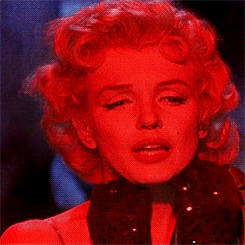
/image%2F1211268%2F20240417%2Fob_0b0d56_2024-03-lee-mexique.jpg)
/https%3A%2F%2Fstorage.canalblog.com%2F19%2F65%2F312561%2F91436129_o.jpg)
/https%3A%2F%2Fstorage.canalblog.com%2F57%2F63%2F312561%2F127743382_o.jpg)
/https%3A%2F%2Fstorage.canalblog.com%2F98%2F05%2F312561%2F84823731_o.jpg)
/https%3A%2F%2Fstorage.canalblog.com%2F01%2F63%2F312561%2F84814201_o.jpg)
/https%3A%2F%2Fstorage.canalblog.com%2F66%2F21%2F312561%2F82823948_o.jpg)
/https%3A%2F%2Fstorage.canalblog.com%2F32%2F31%2F312561%2F124125043_o.jpg)
/https%3A%2F%2Fstorage.canalblog.com%2F31%2F08%2F312561%2F71448014_o.jpg)
/https%3A%2F%2Fstorage.canalblog.com%2F34%2F90%2F312561%2F81829009_o.jpg)
/https%3A%2F%2Fstorage.canalblog.com%2F18%2F35%2F312561%2F61120383_o.jpg)
/image%2F1211268%2F20240410%2Fob_9f471d_blog-gif-mm-syi-1.gif)
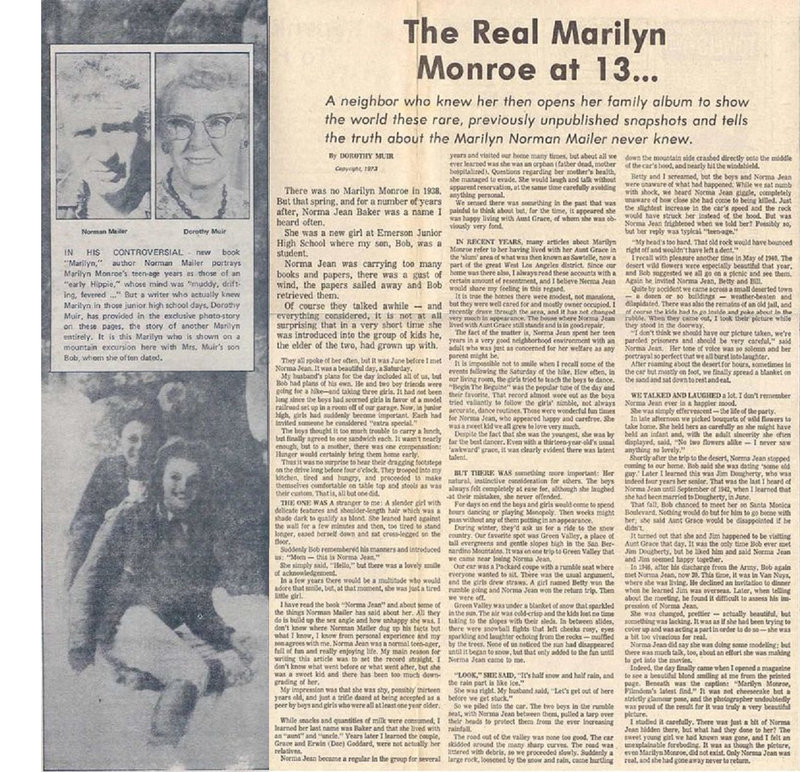



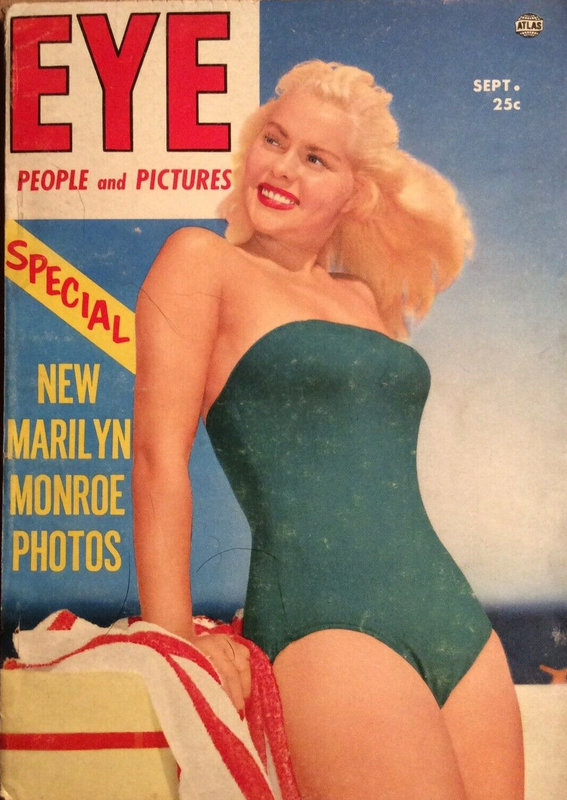
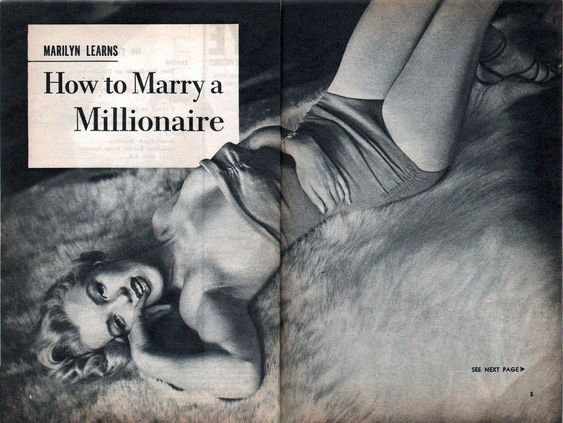
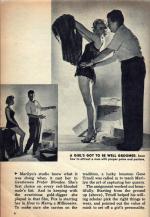


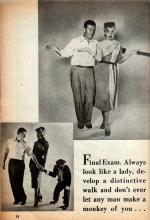

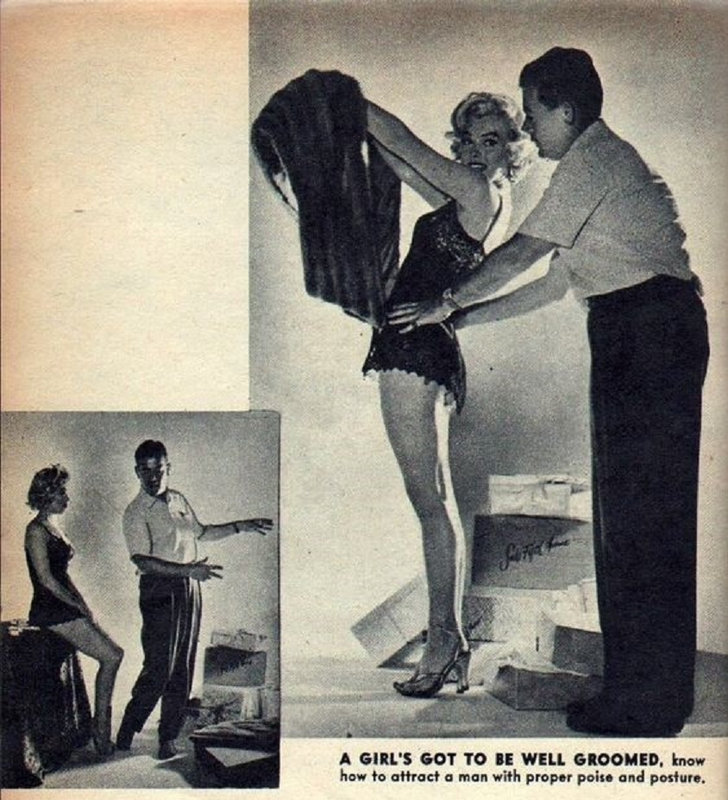
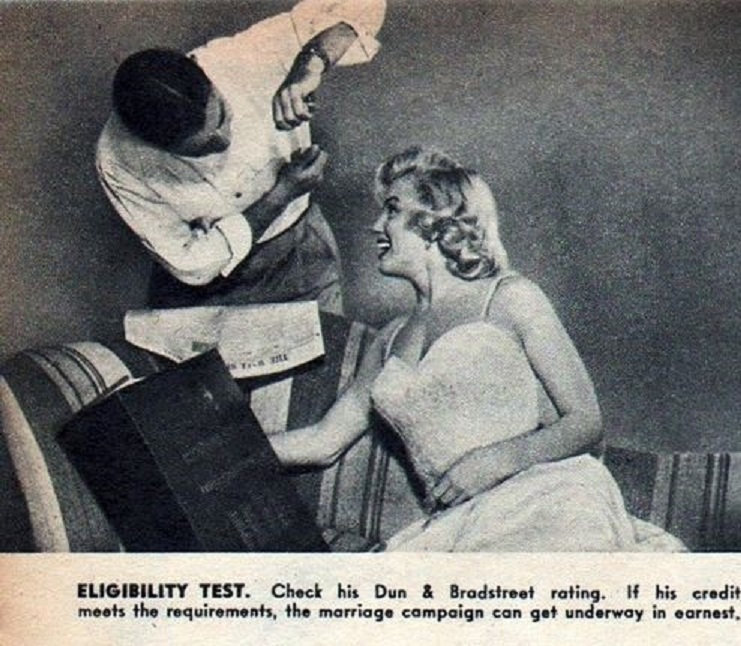

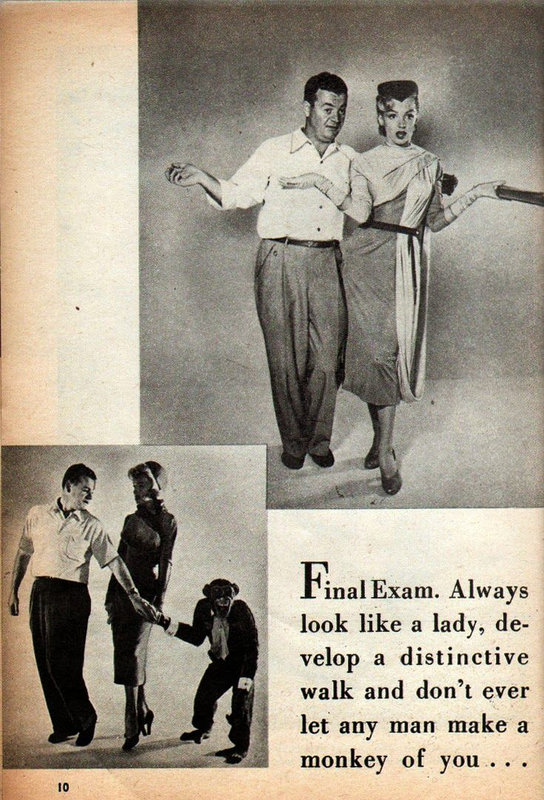


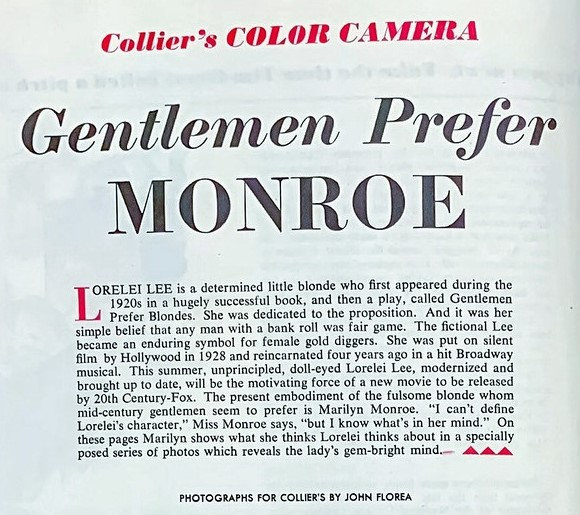


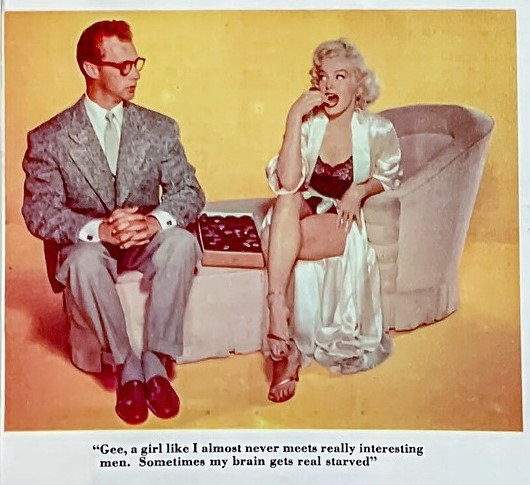
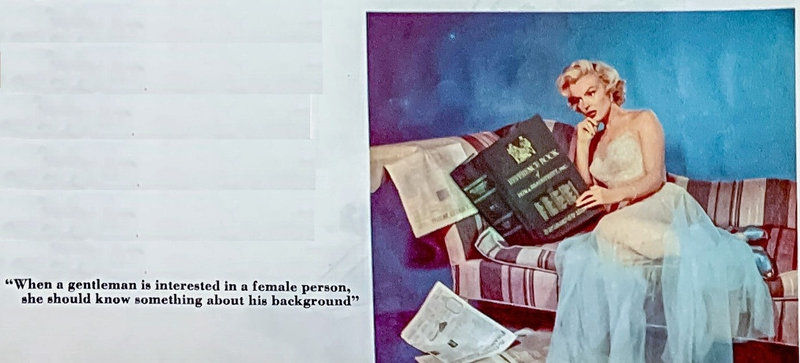
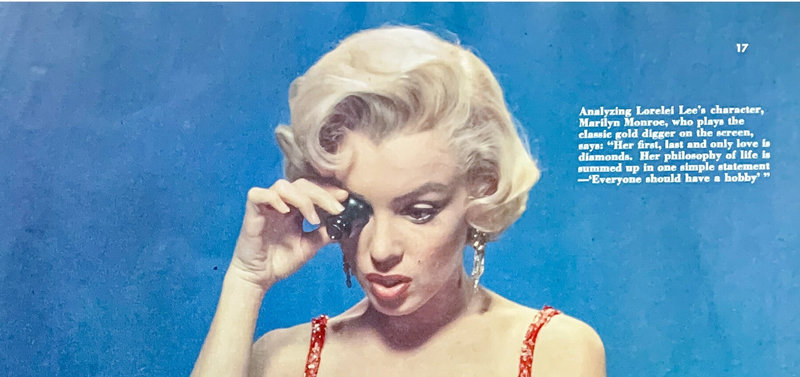

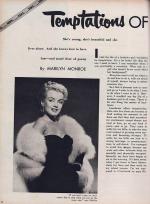
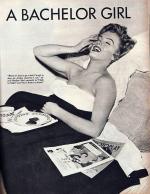
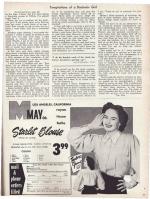
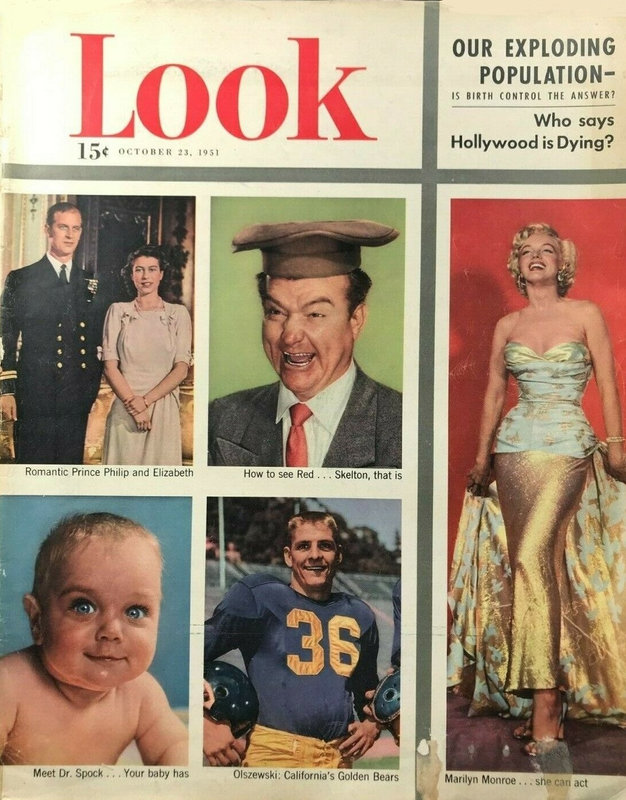


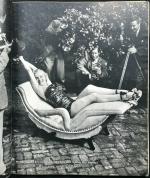
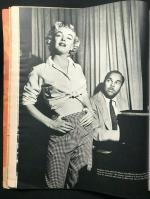

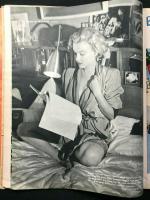






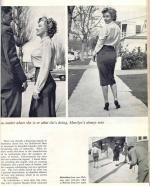




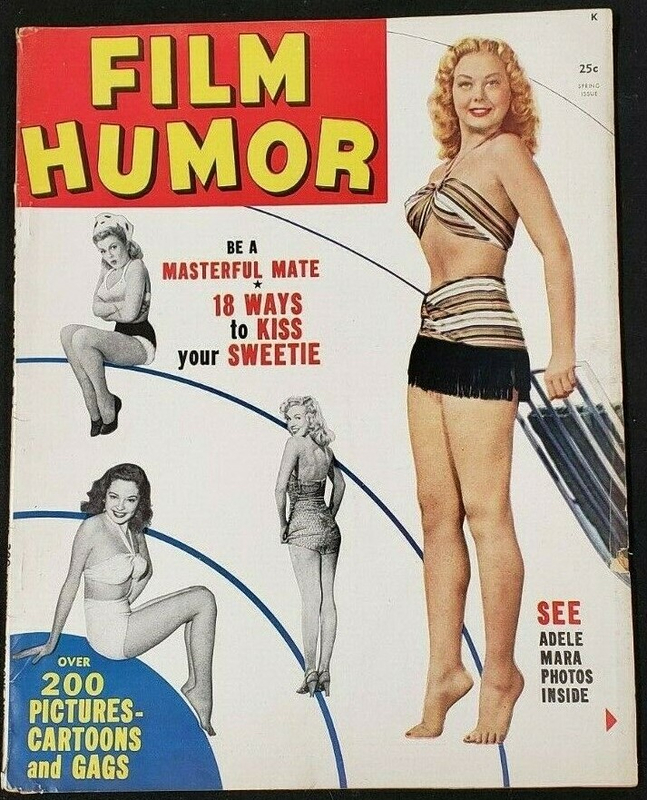
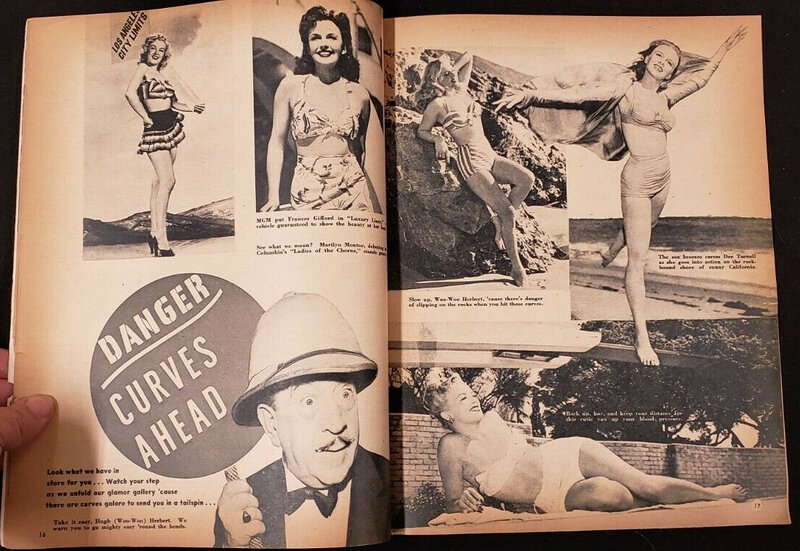

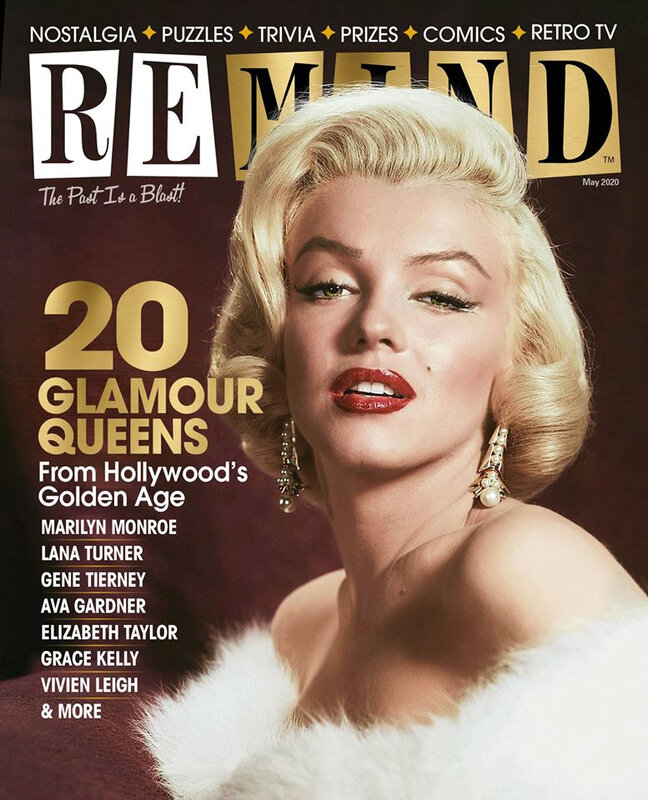
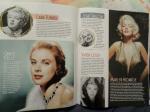

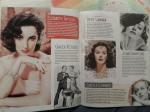

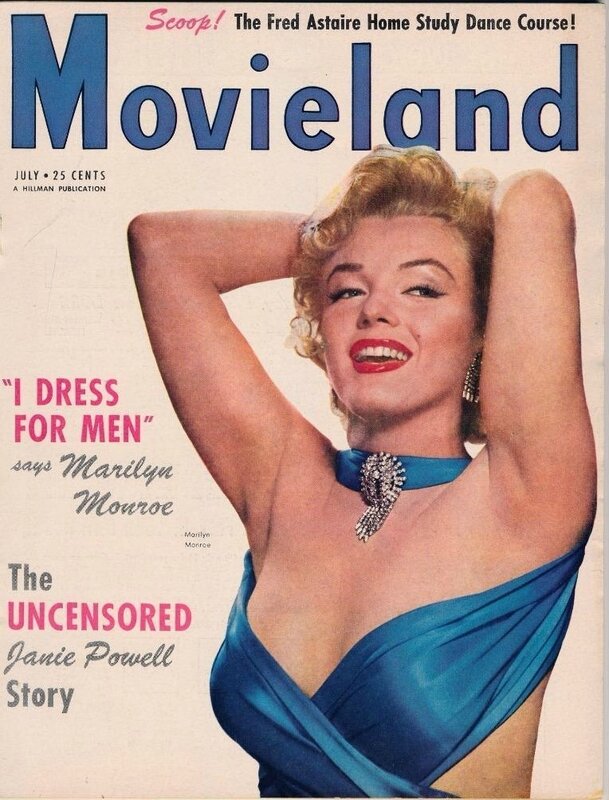


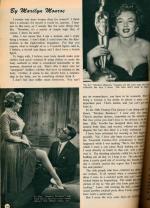
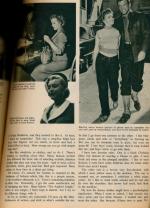

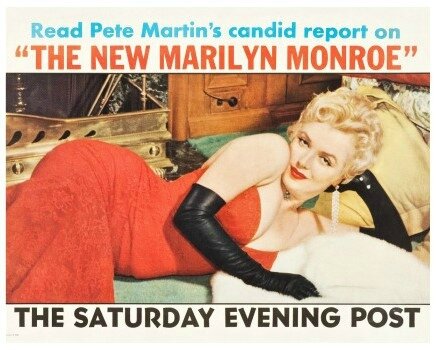
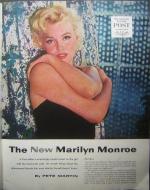


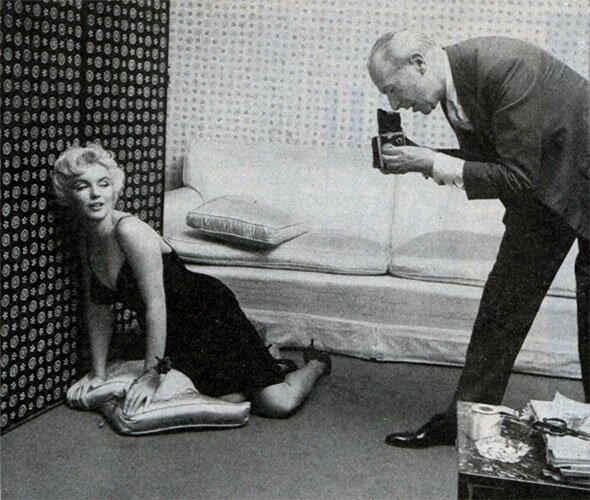

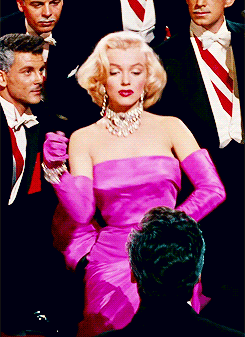
/image%2F1211268%2F20240229%2Fob_66f2c6_tag-mm-public-martin-lewis-show-1.png)
/image%2F1211268%2F20240410%2Fob_07cb4a_blog-gif-mm-stern-1.gif)
/image%2F1211268%2F20240229%2Fob_143453_blog-gif-video.gif)
/image%2F1211268%2F20240301%2Fob_735dec_blog-liens-culture.jpg)

/image%2F1211268%2F20240302%2Fob_e11252_blog-liens-friends-jane.gif)